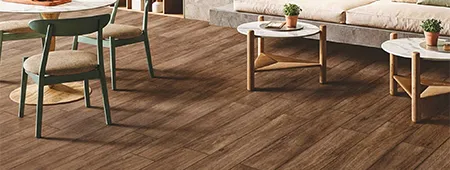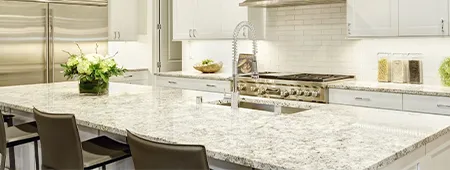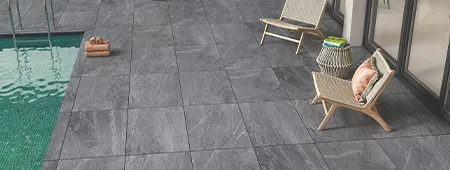01 September, 2025
Projects such as outdoor tiling have the potential of transforming pool environs, exterior walls, patios, and garden walkways entirely. Mortar and tile grout, however, is one of the most widely misunderstood terms in the sphere of home owners and do-it-yourselfers. Although both are necessary materials used to install a tile, they are used in very different ways, and failure to utilize them in the right way may result in expensive repairs.
In this blog post we will dissect the major distinctions between mortar and tile grout, the special roles they serve during outdoor installation, and the effect that weather resistance has on their functionality. You will understand when to apply mortar or grout, what you should use to make exterior tiles, and how to make your outdoor works last year.
At the end of it, you will clearly understand what product to use on the next tiling project and how to prevent some typical mistakes.
What is Mortar?
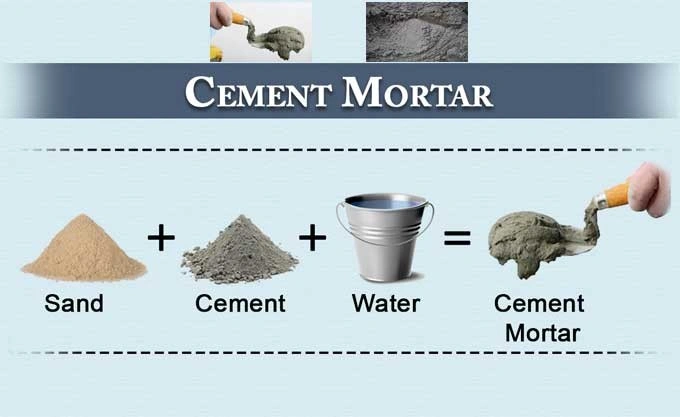
Mortar is the cement layer that fixes tiles to a surface, be it concrete, cement board or other solid base. It serves as the base of the installation, so the tiles are stable even in case of intense use or outdoor conditions.
Types of Mortar for Outdoor Use:
• Thin-set mortar: It is a very popular outdoor tile mortar with good hold and flexibility.
• Medium-bed mortar: These are used in exterior tiles that are bigger or heavier to avoid sagging.
• Altered thin-set mortar: This has the addition of polymers to enhance the water resistance and bond strength.
Key Characteristics:
• Strong and durable, suited to support exterior tiles amidst changing or weathered conditions.
• Thick paste-like consistency, spread with a trowel for even tile placement.
• Weather proof (particularly fortified formulations), often important in outdoor applications.
When to Use Mortar Outdoors:
Exterior tiles placed in patios, driveways, ballet or pool areas must always be laid using mortar as the adhesive base. It is the best option of outdoor installation owing to its durability and weather-resistance.
What is Tile Grout?
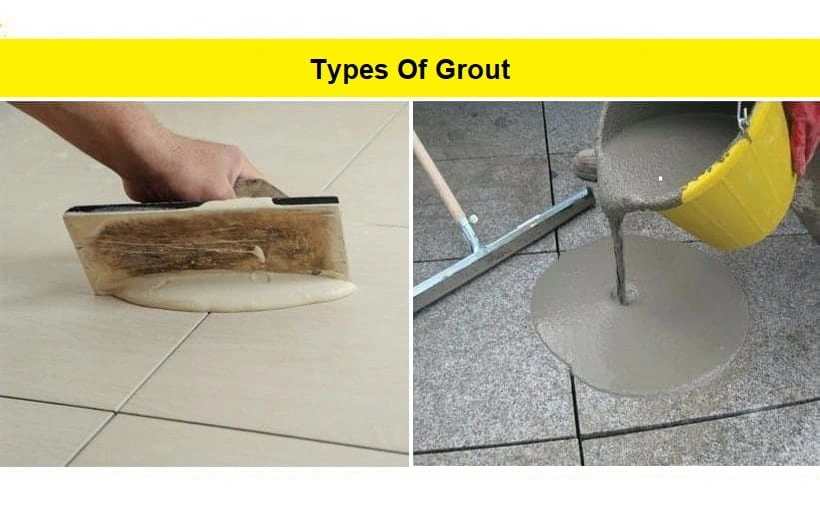
Tile grout is a finishing material that is applied when mortar is set and the tiles are laid. In contrast to mortar, grout never fixes tiles on the surface. Rather, it is used to fill the joints and spaces between tiles to produce a smooth, finished appearance as well as avoid seepage of dirt and moisture beneath.
Types of Outdoor Tile Grout:
• Cement-based grout: This is the most common and the least expensive, though it needs to be sealed against moisture.
• Epoxy grout: Highly durable, stain-resistant, and weather resistant, perfect for outdoor tile grout in harsh climates.
Key Characteristics:
• Smooth, flowable consistency for easy application into tile joints.
• When carefully chosen and closed, water and weather are resisted and cannot enter and cause harm.
• They are available in numerous colours, are flexible, and can be deployed to suit aesthetic purposes, particularly exterior applications of tiles.
When to Use Tile Grout Outdoors:
The grout must be used in any outdoor installation, especially those in the rain, snow or pool water. Epoxy grout is particularly suggested in high moisture or freeze-thaw conditions.
Key Differences Between Outdoor Tile Grout and Mortar
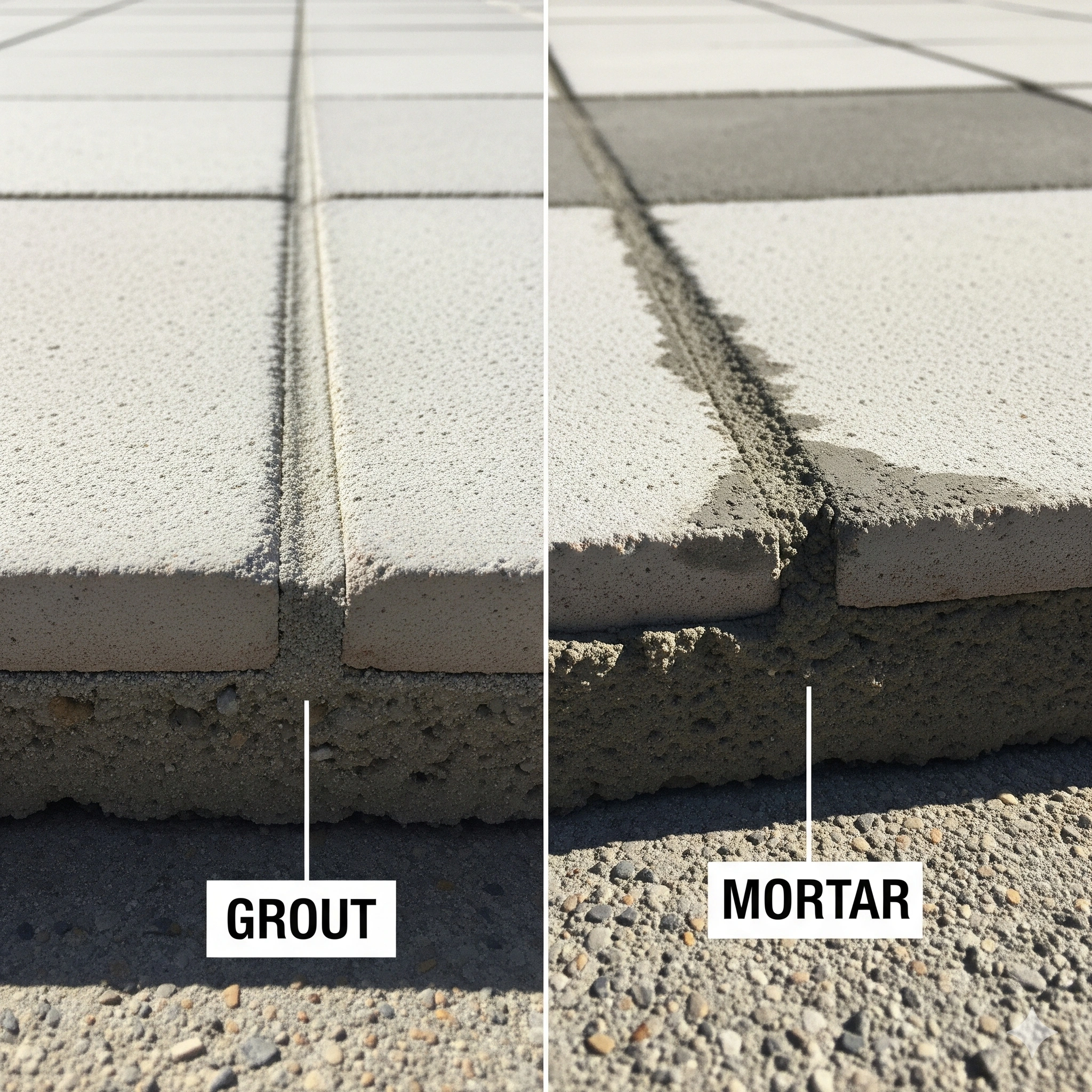
Purpose and Function
Mortar: The substance that holds tiles to the substrate.
Grout: Seals the spaces between tiles to avoid the entry of water and offer a smooth surface.
Application Method
Mortar: Applied to a surface with the help of a notched trowel and then tiles are placed.
Grout: This is done after laying down tiles and is filled with a rubber float and wiped dry.
Composition Differences
Mortar: This is made of cement, sand, and occasionally polymers to make it flexible.
Grout: Grout is cement or epoxy and is used in sealing and not bonding.
Performance in Weather Conditions
Mortar: Must be weather resistant to accommodate outside expansion, contraction and moisture.
Grout: Must resist temperature, and UV, and freeze-thaw to prevent cracking.
Together, mortar and grout create a complete system for long-lasting outdoor installation.
Which Should You Choose for Outdoor Projects?
Mortar and tile grout are required, yet the correct type of grout to be used outdoors varies depending on a number of factors:
Climate Considerations:
In areas with heavy rain or freezing winters, opt for polymer-modified mortar and epoxy grout for maximum durability.
Tile Type Compatibility:
Large-format tiles may require medium-bed mortar, while porous tiles need sealed grout.
Project-Specific Recommendations:
• Patios and walk ways: Epoxy grout and thin-set mortar.
• Surroundings of pools: Mortar modified with polymer and epoxy grout.
• Exterior walls: Cement based grout + thin-set mortar (sealed)
Skipping either material or using indoor products outdoors can lead to cracked tiles, water damage, or premature failure.
Installation Tips and Best Practices
• Preparation Requirements: Clean and level the surface before applying mortar.
• Application Techniques: Spread mortar evenly with a notched trowel; press tiles firmly.
• Curing Time Considerations: Allow mortar to set fully before grouting (usually 24–48 hours).
• Sealing Recommendations: Always seal cement-based grout to improve water resistance and extend its lifespan.
Cost Considerations
• Price Comparison: Cement-based grout is cheaper than epoxy, while standard thin-set mortar is more affordable than polymer-modified options.
• Long-Term Value: Investing in high-quality outdoor tile grout and mortar saves money by reducing repairs.
• Maintenance Cost Factors: Epoxy grout requires less sealing and maintenance, making it cost-effective over time.
Conclusion
When it comes to outdoor tiling, both mortar and tile grout play critical but distinct roles. Mortar provides the bonding strength to hold tiles in place, while grout seals joints and enhances weather resistance. Choosing the right combination based on climate, tile type, and location ensures a long-lasting, durable installation.
For best results, use polymer-modified mortar with epoxy grout in harsh climates and always follow proper installation practices. By making informed choices, you’ll create exterior tiles that not only look beautiful but also withstand the test of time.
Common Questions About Outdoor Tile Materials
1. Can You Use Mortar as Grout for Outdoor Tiles?
No, mortar does not have the flexibility or sealing properties of grout. Using it as grout can cause cracking and water infiltration.
2. What Happens if You Use Indoor Products Outside?
Indoor mortar and grout are not weather resistant. Outdoor exposure can cause crumbling, fading, and loosening of tiles.
3. How Do Weather Conditions Affect Performance?
Moisture, freezing, and direct sunlight can damage improperly chosen mortar or grout. Always use outdoor-rated products.
4. Which is More Durable for Exterior Applications?
Epoxy grout generally lasts longer outdoors, while polymer-modified mortar ensures strong tile adhesion.

